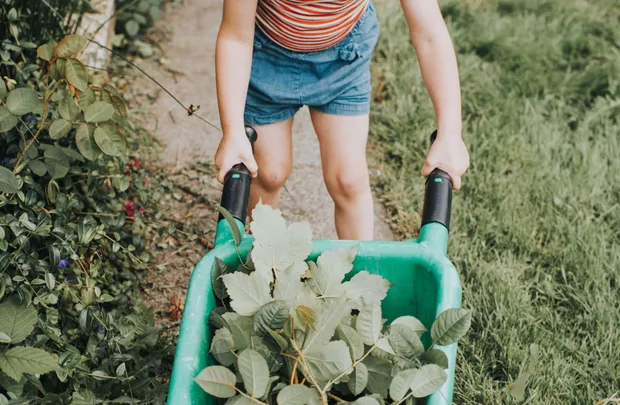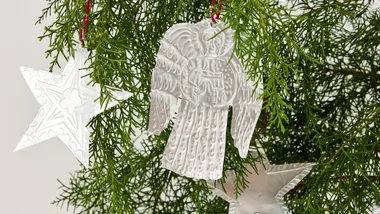If you have children and a garden, little good comes of being precious about either. As long as a sizeable area of the garden is child-friendly, it is a fantastic place for the young to play, learn and let their imagination run wild. Let them, unfettered by a list of constraints, trample through the shrubbery, make huts under the bushes and mud pies in the dirt. Let them run on the lawn, roll and loll, kick a ball and lie back to cloud-gaze.
Children have enormous amounts of energy and a lawn and paths are perfect for using it. A lawn doesn’t have to be vast, just long enough to run up and down. Deficiencies in length can be ameliorated by turning the area into a track by creating a central bed; two beds can make a figure-8 track. Or mow a simple maze in it. By the same reasoning, a path right around the house is more fun than one with a dead end.

Child’s play
Trees to climb are almost mandatory for most children of most ages. Teach young ones the three-point rule and they should be fine. Always have three limbs in contact with the tree at any one time. To be extra safe, ensure no rocks or other hard or sharp objects are on the ground below.
While specially built mud kitchens are fine, letting children knead and squish and splash in real soil is more immersive and liberating. Ever tactile, mud easily becomes part of all manner of imaginative play beyond mud pies and witchy brews.
The soil is also where interesting creatures – worms, slugs, earwigs among them – can be encountered. Encourage children to observe them. A spider spinning a web, a slater curling up in a ball when touched, beetles scurrying away when disturbed under a rock or log.
Spot (and hear) the bees, butterflies and other flying insects busying themselves on the flowers, or eating the leaves. Ladybird, ladybird… Eat me some aphids. Nature Study 101 begins in the garden.
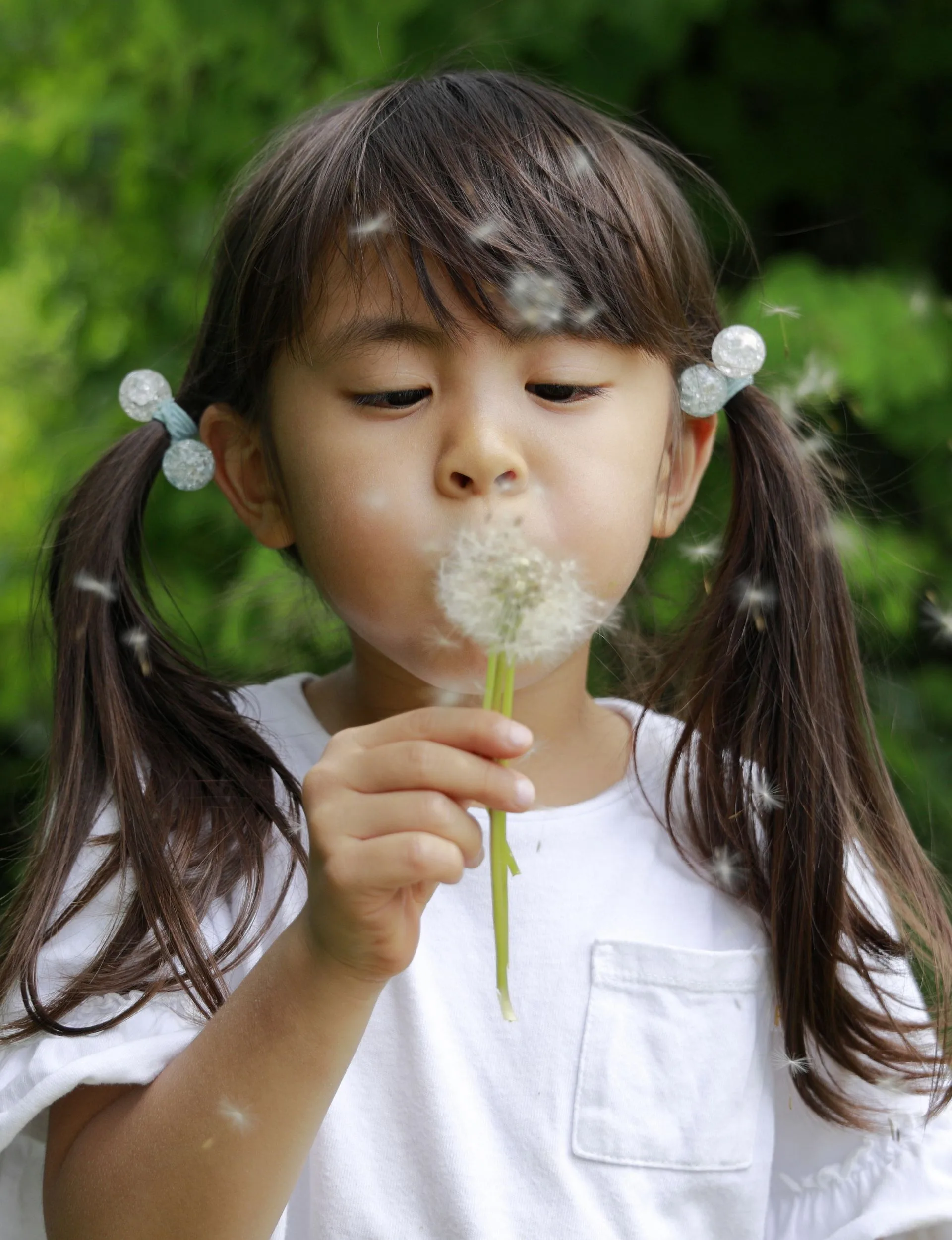
Seeds & flowers
Big fat fuchsia buds are always fun to pop, but the seed pods of the Himalayan balsam, a pretty pink, sweet-smelling perennial, actually explode. Touch the ripe pods and it feels like an electric shock as they burst open, casting their seeds far and wide (to the annoyance of some).
Dandelions are another whose seed heads can be fun to disperse, this time by blowing them. Use the heads to “tell the time” by counting the number of blows it takes to remove them all from the head. One puff equates to one o’clock, two to two o’clock, and so on. When dropped (from as high a height as feasible, the winged seeds of the sycamore tree spin to the ground like tiny helicopters.

Foraging
Little (and big) fingers love picking and plucking flowers, berries, leaves and roots. In the case of flowers, the secret is to encourage them not to strip a plant (you will be hard-pressed to teach a tot to pick a long stem, however). In the case of edibles, it is teaching children what is edible and what is not; what is poisonous and to be avoided.
While it is unwise to leave toddlers unsupervised, older children enjoy finding “treats” to be picked and popped into their mouths. Vegetables and fruit trees and bushes will provide rich pickings; as will many other less conventional delights, such as sucking on the sweet, juicy white inner of a grass sheaf or the sweet nectar on a periwinkle stamen and biting into a so-tangy oxalis leaf or peppery nasturtium petal.
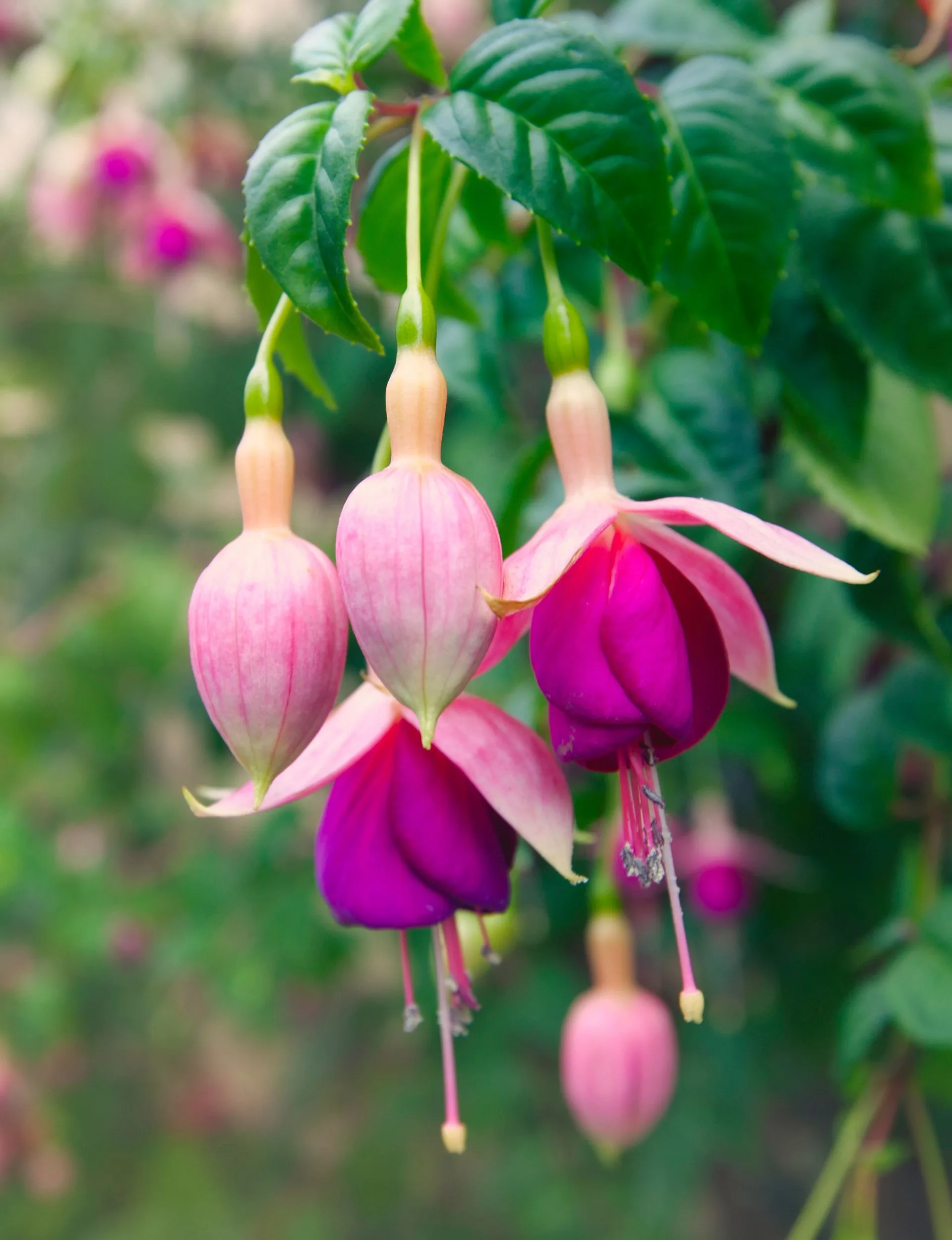
Nature games
Drying flowers between two sheets of newsprint and placing them for several weeks under a heavy weight such as a floor rug in a busy passage or heavy books results in long-lasting prettiness when arranged into cards or pictures, but painting with flowers by squashing them offers more immediate gratification.
Experiment with flowers; most are suitable but the more colourful ones are the most effective. Place them between two sheets of paper or white cotton fabric. Then, bash them firmly with a hammer, squashing the juices out and staining the fabric in some pretty colours and patterns.
Often considered a weed, the plantain has heads that make good conkers. Pick one each with a long stem and hit each other’s; whoever’s head lasts the longest wins. Being light, the stalks of harakeke flowers are perfect for making relatively harmless swords or ninja sticks. Bound together with strips of the plant’s leaves they become rafts to float in the puddle. The one you have just allowed them to make courtesy of a trowel and a hose in the corner of the garden.
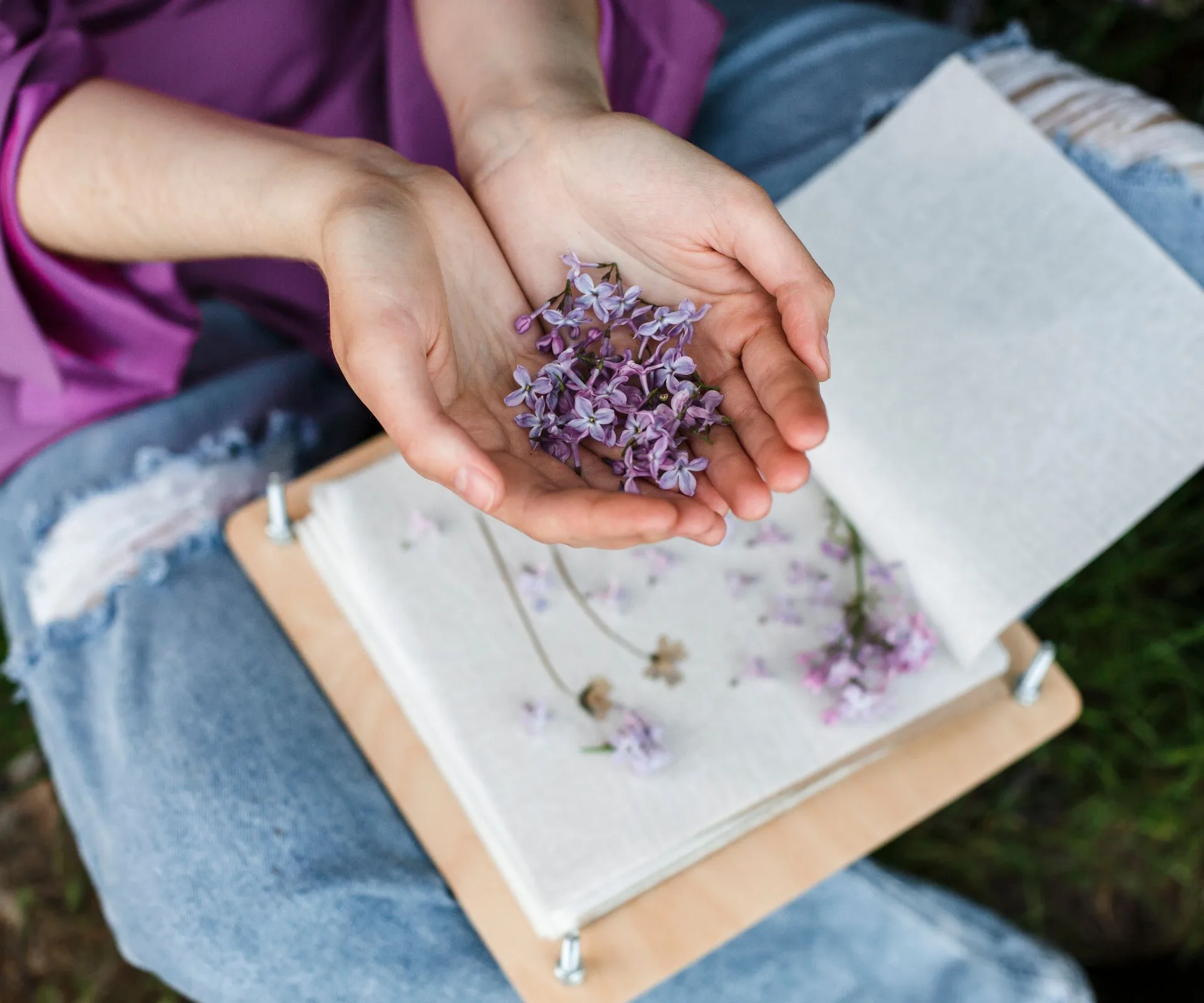
Let’s imagine
Buttercups can tell if you like butter or not (apparently). Hold a flower under a chin, and if it glows on the skin, then they like butter. Foxgloves make cute finger puppets, and snapdragon blooms can live up to their name. Simple manipulation will make them snap like a hungry dragon’s mouth.
In the make-believe world, marguerite daisies make excellent poached eggs, especially accompanied by sausages a la the succulent Senecio serpens. Teasel flower heads transform into darling miniature hedgehogs – and can be used to brush doll hair.
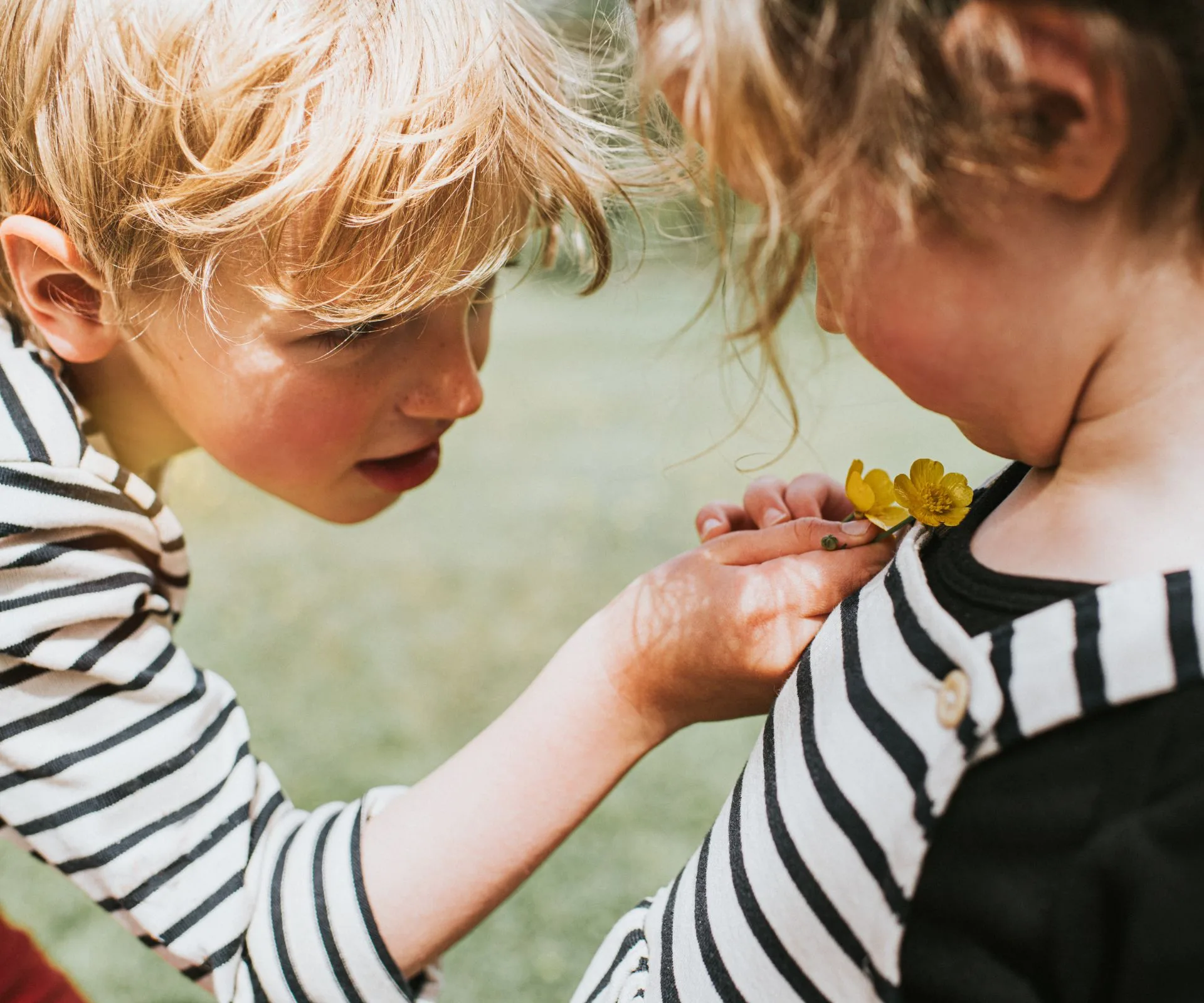
Flower power
Crafting daisy chains from lawn daisies is another enduring pleasure. Join them together at the stems by slitting one stem and threading the next through it. This should form circles for necklaces or crowns. More complicated crowns can be constructed of twisted vines, decorated with flowers and leaves. Flowers such as calendula with a limited number of clear-cut petals are useful for determining young romance. “He/she loves me, loves me not” is chanted as each petal is in turn plucked.
The Touch-me-not plant, the creeping Mimosa pudica, never fails to intrigue when its leaves shrink away and curl up when touched. Although it does come with a warning, not to tease it too much as the curling up uses up much of the plant’s energy.

Helping hands
While some children will take more readily to garden activities, if introduced at an early age most will happily help with a range of tasks.
Pulling out weeds (be warned, tugging out any plant can soon become a lot of fun), sowing seeds (especially large and fast-germinating ones such as radish and sweet william), watering, and catching (or attempting to) white butterflies.
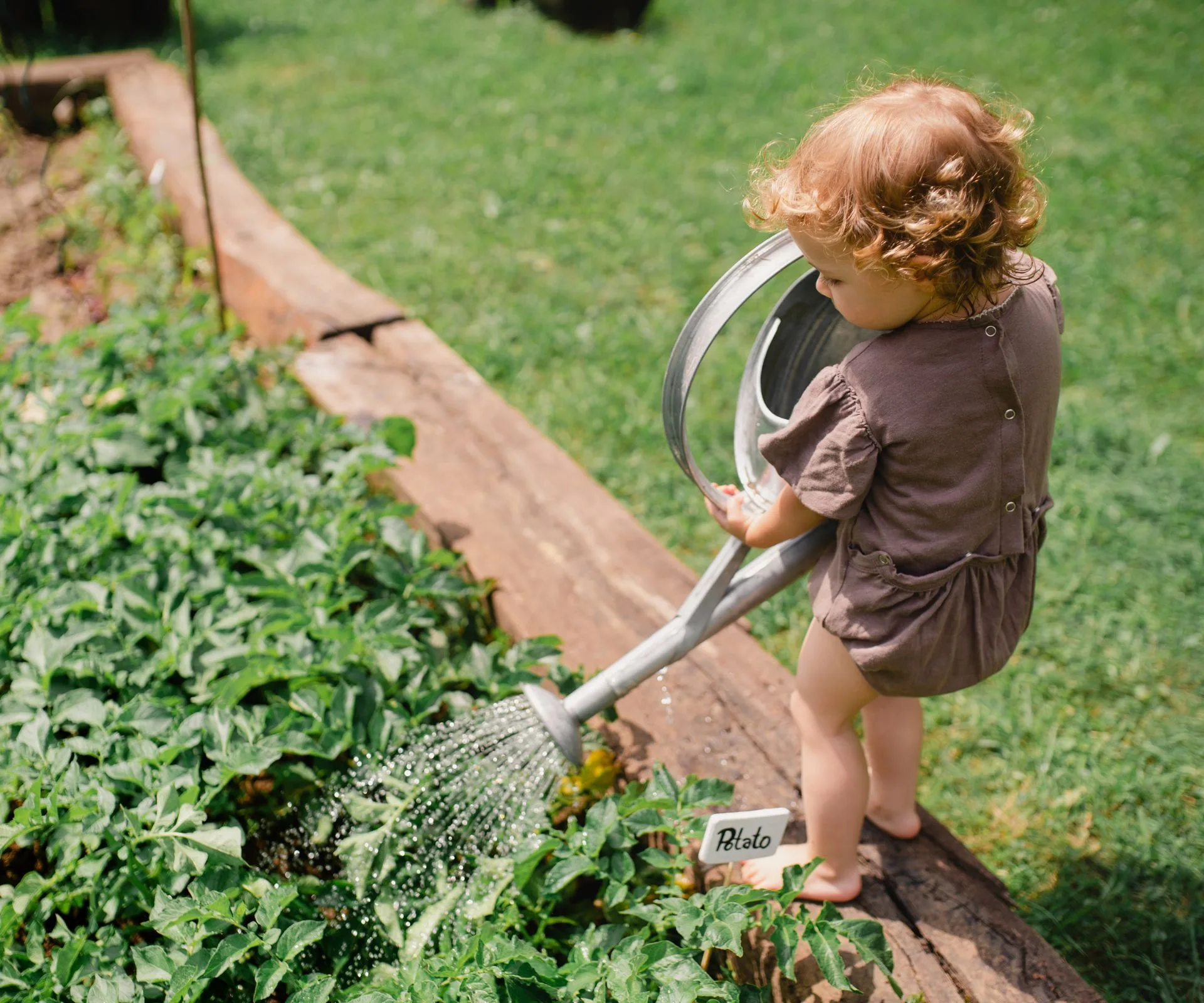
You may be surprised at how even the most reluctant child can find garden life interesting and fun if given half a chance, some gentle guidance and not too many rules.
Read this next:
- 8 fast-growing climbing plants anyone can grow, and quickly
- How to grow and care for hydrangeas in New Zealand
- The 10 best grasses for a New Zealand garden
